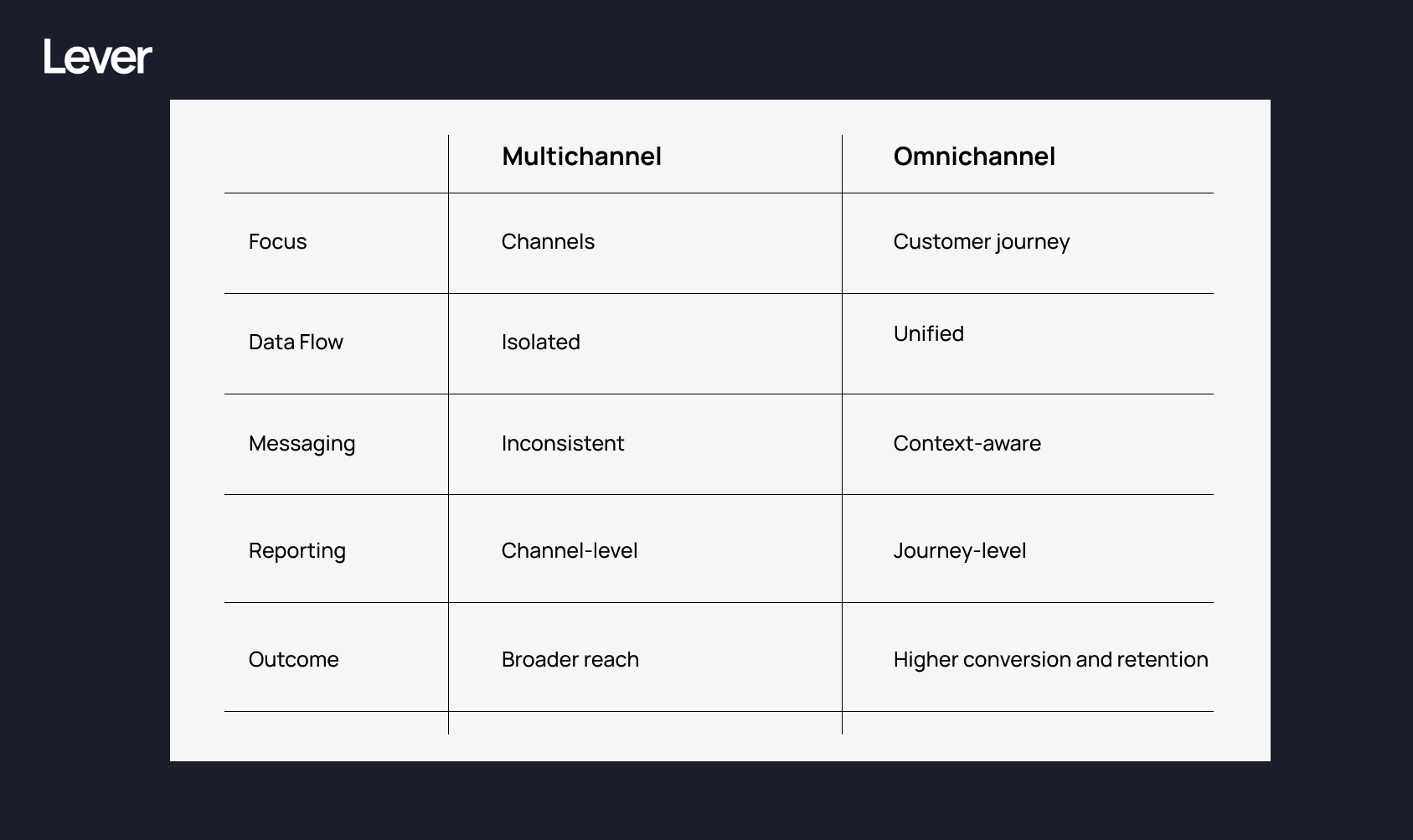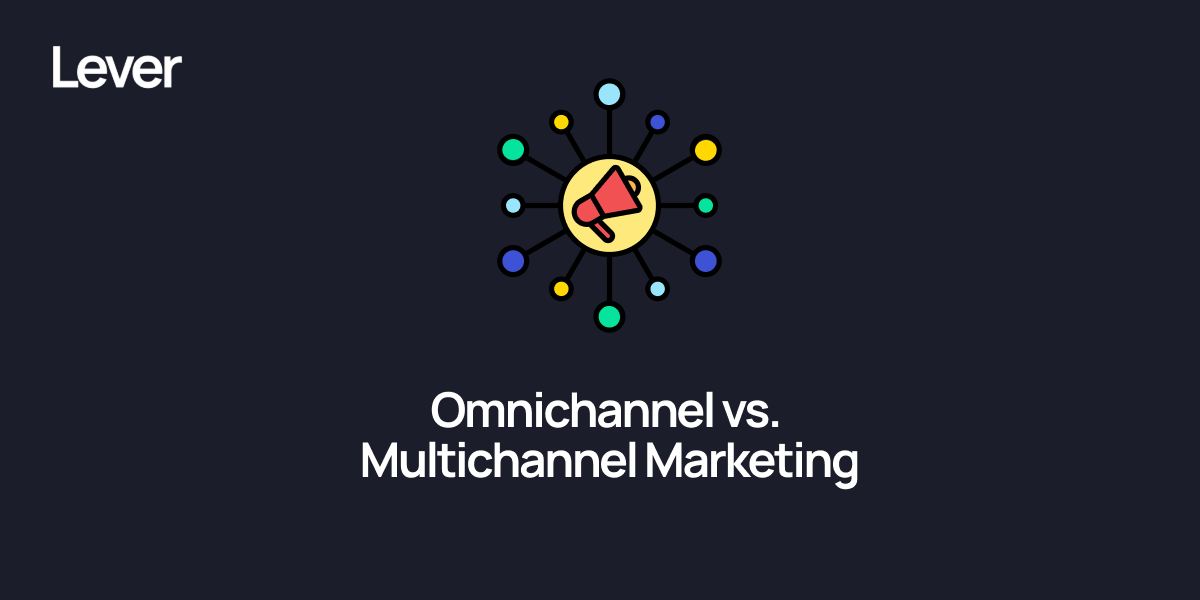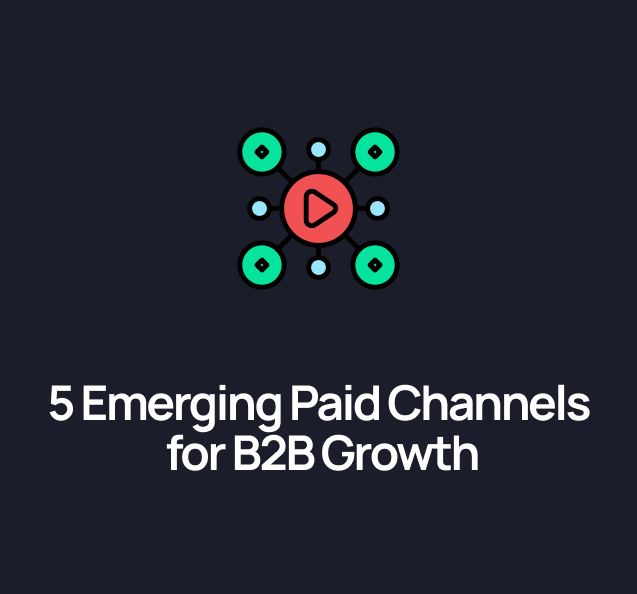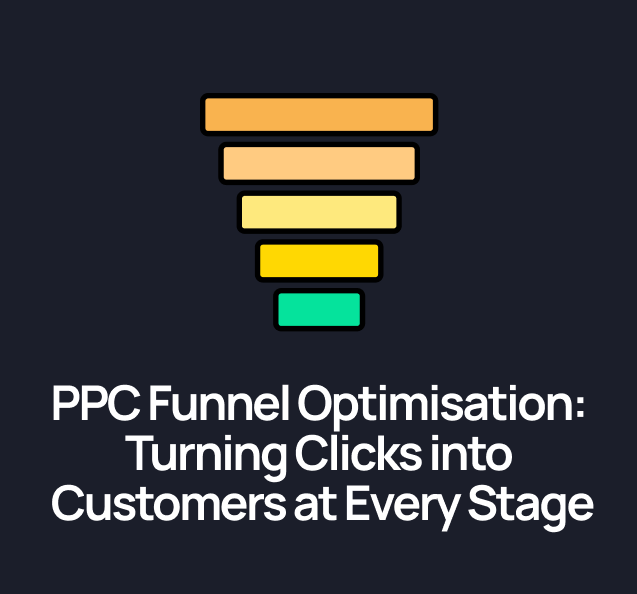Most B2B marketers say they’re doing omnichannel marketing.
In reality? They’re just running multiple channels in parallel. Google Ads here, LinkedIn there, maybe an email nurture. All of them working in isolation.
That’s multichannel marketing. It’s not bad; it’s just limited.
True omnichannel marketing goes further. It creates a connected experience across every touchpoint, with shared data, audiences, and messaging.
The difference between the two can decide whether your marketing spend drives scalable growth… or simply inflates your CAC.
Let’s start with the basics. What Is Multichannel Marketing?
Multichannel marketing is straightforward: you use multiple platforms to reach your audience. Search, social, display, email, events, and so on.
Each channel works independently, often with separate budgets, KPIs, and creative assets.
Pros:
- You meet your audience in more places.
- You can test which channels perform best.
- You spread risk across multiple traffic sources.
Cons:
- Messaging and targeting are fragmented.
- Data sits in silos.
- Audiences get duplicated or overexposed.
- Reporting can’t show what’s really driving conversions.
In short: multichannel marketing is about presence. It’s about being visible in many places, but not necessarily connected.
What Is Omnichannel Marketing?
Omnichannel marketing means unifying those touchpoints so that data, messaging, and experience move seamlessly across them.
It’s customer-centric rather than channel-centric.
A prospect’s journey flows naturally from one platform to the next without friction or repetition.
Example:
A SaaS buyer clicks a LinkedIn ad about integration speed → reads your comparison page → later searches on Google and sees a retargeted ad referencing the exact pain point they researched → signs up for a demo → receives an onboarding email sequence that matches their interests.
Every touchpoint recognises where they’ve been and what they care about.
That’s omnichannel.
It’s one connected journey, not a series of disconnected campaigns.
Omnichannel vs Multichannel: The Real Difference

Put simply: multichannel = activity; omnichannel = orchestration.
Why This Matters for B2B Marketing
Omnichannel marketing has become essential in complex B2B buying environments.
A typical SaaS or B2B buyer interacts with:
- Ads on Google or LinkedIn
- Your website
- A gated resource or demo sign-up
- A nurture email
- A call with sales
Those touchpoints might stretch across weeks or months, involving multiple stakeholders.
If your systems don’t share data, the experience quickly breaks:
- Prospects see the same ads long after converting.
- Sales lacks context about what the lead engaged with.
- Reporting over-credits the last click.
- Marketing can’t attribute influence properly.
That’s the gap omnichannel closes.
Where Multichannel Campaigns Break Down
- Duplicate Audiences and Wasted Spend: Google and LinkedIn both target the same people, inflating reach metrics but adding no incremental value.
- Inconsistent Messaging: Your search ad says one thing, your retargeting creative says another, and your email says something else entirely.
- Data Silos: Your ad platforms, CRM, and analytics tools all record partial stories. Nobody sees the whole picture.
- Poor Attribution: With last-click attribution, Google often “takes the win” even if LinkedIn or Meta built the awareness.
- Disconnected Handoffs: Sales doesn’t know what the lead has already seen or downloaded, so they repeat the same conversation.
- Inaccurate Optimisation: Because data isn’t stitched together, budget decisions are made on incomplete information.
Each issue compounds, reducing efficiency and inflating CAC.
How to Move from Multichannel to Omnichannel
You don’t need Amazon-level infrastructure. You just need the right mindset and architecture.
1. Start With the Customer Journey
Map the actual path a prospect takes from awareness → evaluation → decision → retention.
Then, design touchpoints to support that journey, not the other way around.
At Lever, we often reference this in our digital marketing strategy guide for scaling companies.
Journey-led planning ensures every ad, email, or landing page has context and purpose.
2. Unify Your Data Layer
Connect your ad platforms, CRM, and analytics tools so you can identify prospects across channels.
Use shared identifiers (like email or HubSpot contact ID) to tie behaviour together.
This enables accurate attribution, and personalised messaging is key to a true omnichannel setup.
3. Build Cross-Channel Audience Logic
Synchronise audiences between Google Ads, LinkedIn, and Meta.
If someone downloads your SaaS guide from LinkedIn, suppress them from top-of-funnel awareness ads and retarget them with demo-focused campaigns in Google Search instead.
That kind of sequenced messaging massively improves conversion rates and spend efficiency.
4. Connect Marketing and Sales Systems
Feed engagement data into your CRM so sales sees exactly what a lead has interacted with.
If they clicked a specific keyword or campaign, the sales conversation can start from that context.
We discuss this integration in our post on scalable PPC for enterprise companies.
5. Implement Unified Attribution
Switch from single-touch models to multi-touch or data-driven attribution.
You’ll uncover the full influence chain, not just who got the last click.
When Lever audits client accounts, this is usually where we uncover major hidden ROI opportunities.
Channels that looked inefficient suddenly show strong assist value.
6. Test, Measure, and Refine
Omnichannel isn’t a one-off project. It’s ongoing optimisation.
Use small experiments like coordinated LinkedIn + Search tests to measure incremental lift.
The goal is continuous improvement, not perfection.
The Business Impact of Omnichannel
For B2B brands, omnichannel marketing consistently drives:
- Lower CAC through more efficient spend allocation.
- Higher lead quality from contextual messaging.
- Shorter sales cycles due to better-qualified prospects.
- Improved attribution accuracy, reducing wasted spend.
- Stronger brand recall across decision-makers in complex buying committees.
Omnichannel Maturity: What “Good Enough” Looks Like
You don’t have to reach enterprise-level sophistication immediately.
Here’s a simple omnichannel maturity ladder:
- Multichannel baseline – isolated campaigns on separate platforms.
- Shared audience use – same customer segments reused across channels.
- Cross-channel suppression – avoid repeating ads across platforms.
- Sequenced journeys – conditional messaging depending on behaviour.
- Unified attribution – multi-touch measurement.
- Full-funnel orchestration – pre- and post-conversion experiences connected.
Most B2B companies sit around level 2–3. Even moving one stage up can significantly improve ROI.
The real challenge isn’t tech, it’s alignment. When marketing, sales, and analytics teams work from the same playbook, omnichannel becomes achievable even on lean budgets.
How Lever Helps Teams Move to Omnichannel
Lever Digital helps companies improve their PPC strategy by turning fragmented multichannel setups into connected, measurable systems that actually work together.
We do it by:
- Ensuring robust tracking infrastructure — building the right foundations in GA4, Tag Manager, and CRM integrations so every touchpoint is measurable and attributable.
- Unifying creatives across channels — aligning messaging and design for consistent journeys across Google, LinkedIn, Meta, and beyond.
- Integrating sales data into ad platforms — closing the loop between marketing and revenue by feeding pipeline and deal data back into campaign optimisation.
- Running experiments that enhance cross-channel performance — testing sequencing, audiences, and message order to discover what drives the best ROI across your ecosystem.
It’s not about running more channels, it’s about making the ones you already use work together seamlessly. For B2B brands, this shift turns paid media from siloed tactics into a connected growth engine.
Key Takeaway
Multichannel marketing helps you appear in more places.
Omnichannel marketing helps you convert more efficiently.
The difference isn’t academic, it’s commercial.
Connected data and consistent messaging are what turn spend into scalable growth.
Next Step: See Where You Stand
Want to know where your current setup sits on the omnichannel maturity ladder?
Book a free performance audit with Lever Digital, and we’ll show you exactly where data gaps, duplication, and missed opportunities exist in your paid strategy.

.svg)








.svg)
